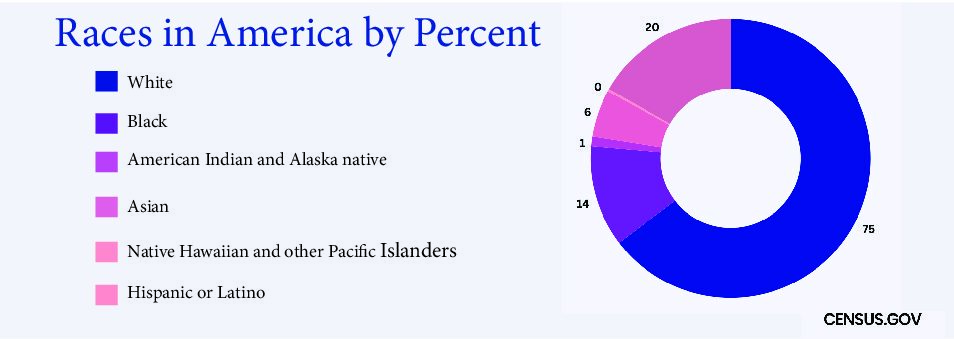
photo credit: editorial board
Throughout history and the world, humans have feared those different from them, using this fear to insight and justify discrimination and violence. We see instances of this of the Red Scare within the United States, fearing communism and socialism, as well as the Holocaust in Europe, a genocide of the Europe Jewish population. Atrocities such as these are often justified by the dehumanization of these minority populations.
We believe that harmful and derogatory language creates the ability to dehumanize groups, especially underrepresented and minority populations.
“When reporters incorporate terms like ‘illegals’ or ‘aliens’ or ‘caravans,’ they are essentially using coded language presented as government jargon designed to dehumanize and demonize immigrants,” according to the Berkeley Media Studies Group.
Language found hurtful and demeaning is known to be one of the first steps in the progression of hate violence, in a demonstration called The Pyramid of Hate.
From this point, language can progress, as it has a continual history of portraying immigrants as dangerous and undesirable and thereby justifying their mistreatment, according to the Vera Institute of Justice.
It is important to understand the weight that this language holds, as well as the history and effects that can occur.
An example of this occurrence, was within The Holocaust, when “The Nazi regime adopted laws and regulation to crush Germany’s independent media, replacing it with state-controlled radio and print media that disseminated hate speech, antisemitic, racist stereotypes, disinformation and lies,” according to the United Nations hate speech website,
Slurring is a type of hate speech that is meant to harm individuals, the history of which also connects to socio-psychological theory, critical race theory and legal philosophy, according to the Oxford Biography.
This rhetoric seems to be ever increasing and regular in the media, as well as everyday life.
For example, the BBC cites, “in-depth studies [of Elon Musk’s “X”] and anecdotal evidence that suggest hate speech has been growing under Mr. Musk’s tenure.” and that “Anti-Semitic tweets doubled from June 2022 to February 2023, according to research from the Institute of Strategic Dialogue (ISD).”
As the use of slurs and other derogatory language becomes even more common in modern society, it begins to forefront many arguments and debates. One of the most common being of slur reclamation.
“Slur reclamation refers to a ‘linguistic practice whereby members of the group, targeted by certain slurs, employ these terms in order to express pride, foster camaraderie, manifest solidarity, subvert extant structures of discrimination,” according to De Gruyter.
While the use of this language is overwhelmingly seen as a recovery for the history of the words, there is a line needing to be drawn about the context of this usage. We believe that understanding the depth and history of this rhetoric is vital to the process of reclaiming the language and the power that it holds.
Although fearing this language is not the solution to its harm. Avoiding this rhetoric only perpetuates its power as a discriminatory device.
It is also important, especially for journalists or those holding a following, to avoid using language that perpetuates a history of stereotyping and trauma against marginalized communities, according to NBCU Academy.
We believe that it is important to understand the history of derogatory and harmful language as an education and understanding of our injustices in America and the world.


